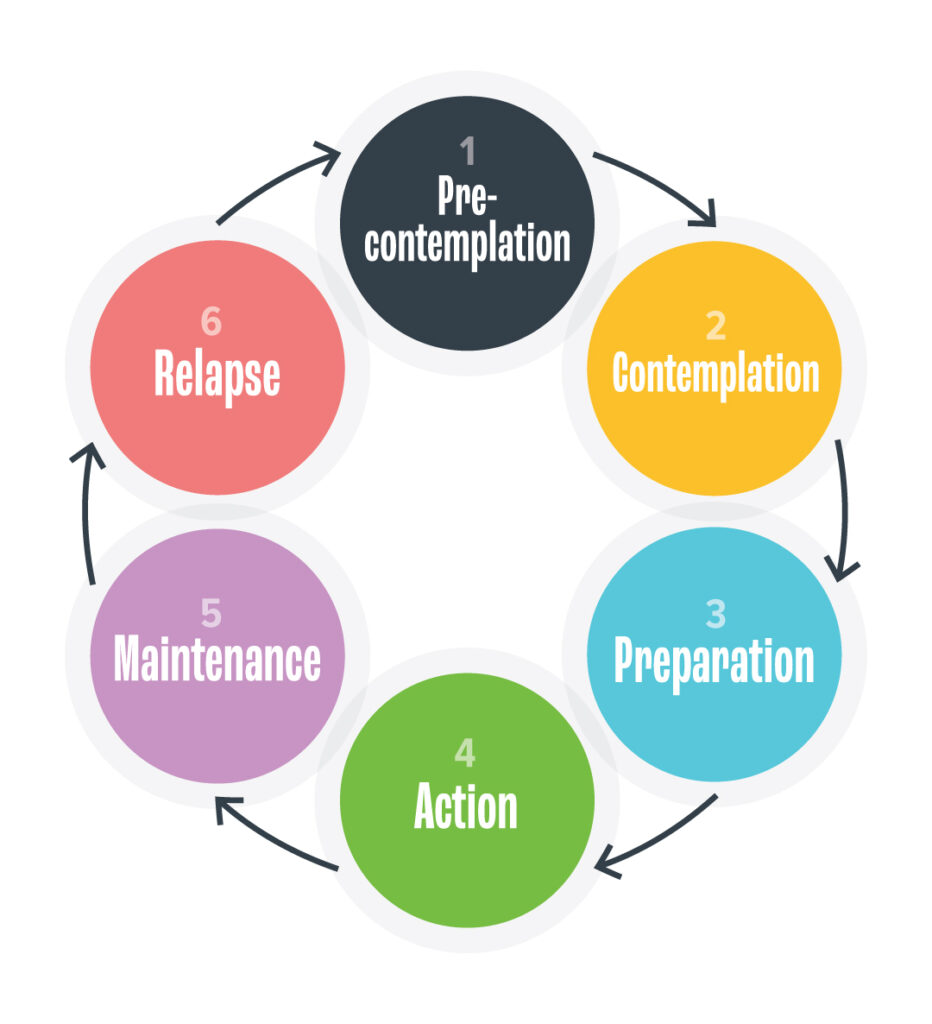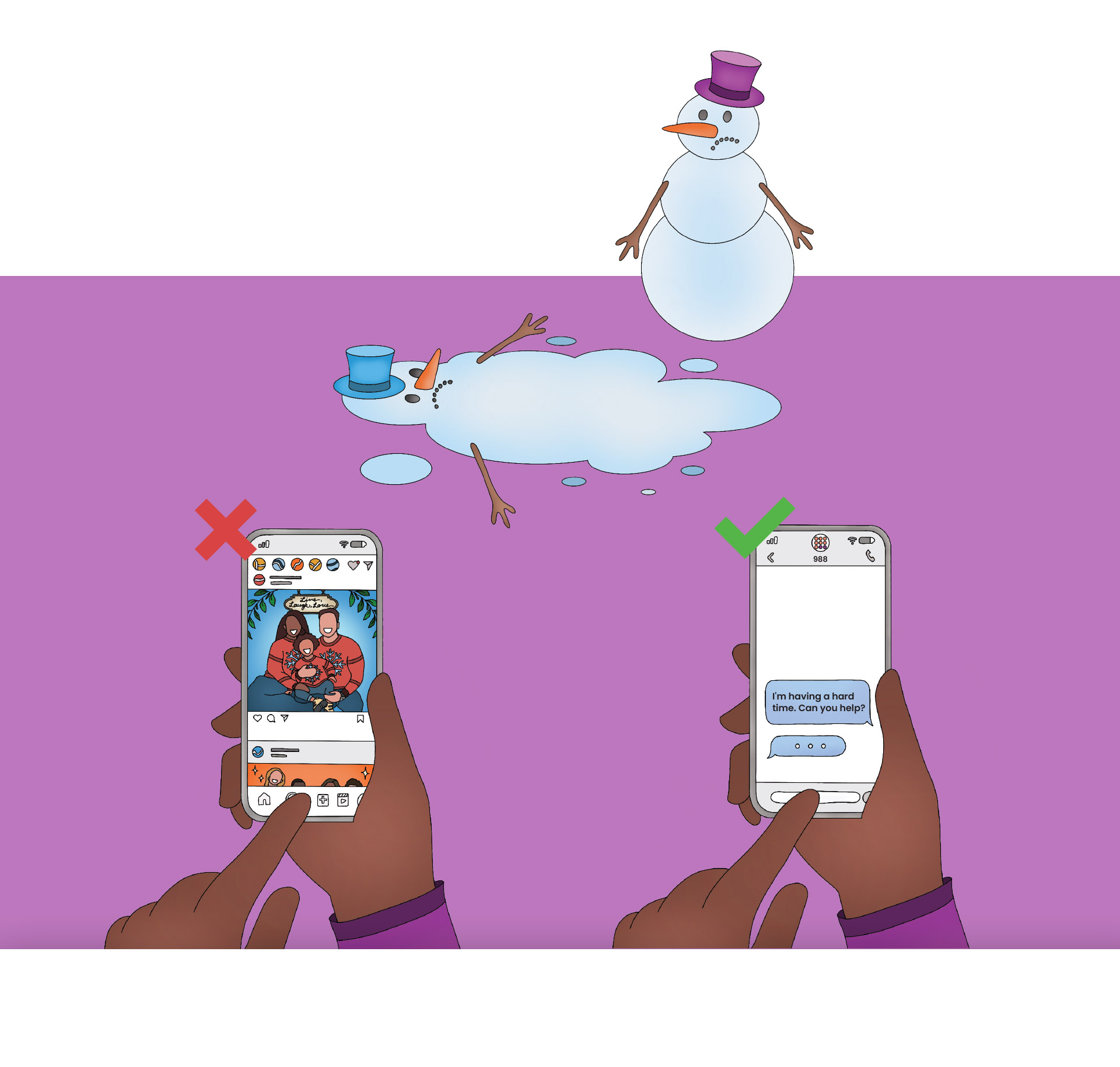The Insights Center features ideas, tools and resources on applying behavioral science to causes worth caring about. It includes the tools and thinking developed over nearly two decades of building behavior change campaigns and products. We hope they help you and your cause with the art and science of using behavior to spark real change.
Go
Using the Stages of Change to Tackle Problem Drinking
People who are “contemplating” whether they have a substance use problem are more likely to engage with a harm reduction approach that doesn’t immediately push abstinence treatment.

The Challenge. Research with substance users for Behavioral Health System Baltimore (BHSB) in Central Maryland showed that the helpline can play a key role during two Stages of Change: when people are contemplating or preparing to take action. In these early stages, pushing treatment too quickly can be a turnoff.

Our Approach. Throughout years of research for BHSB and other 988 providers, audiences have repeatedly told us that messages that combine mental health and substance use fall flat. While experts know the two issues are related, people see them as very different concerns and combination messages make the 988 offering seem too generic to be helpful.
In summer 2024, M4C conducted in-depth and intercept interviews with residents in various stages of active drug and alcohol use or in long-term recovery . We learned people committed to recovery strongly favored abstinence-only messages, but these were a turnoff for those just starting their substance-use journey. Additionally, we learned residents in recovery had access to ample community resources and other helplines, and had less need for 988.
Behavioral Insights. Central Maryland has many resources and programs for people ready to commit to long-term recovery. By applying the Transtheoretical Theory’s Stages of Change to the problem, we were able to identify where 988 can most help: in the earlier stages of change, when people aren’t yet ready to commit to treatment.
Our research also showed helpline outreach can benefit from foot-in-the-door effect. As one person in long-term recovery said, “everyone has to start by trying to cut back.” By offering a non-judgmental, harm-reduction approach that didn’t push abstinence too early, we were able to build trust and help people break through denial and begin the first steps of their journey.
Results. We began with a campaign during the winter holidays to help residents find other ways besides alcohol to cope with holiday stress and assess whether their level of drinking merited seeking help. Media outreach delivered 5,340,419 impressions, reached over 314,000 users on YouTube and nearly 209,000 users on TikTok, and drove 12,000 visits to landing pages with tips on how to drink less. Youth aged 18–24 audience and men aged 25–44 showed equal levels of engagement with video assets, indicating that both groups are in need of substance use messaging and actively seeking resources.







